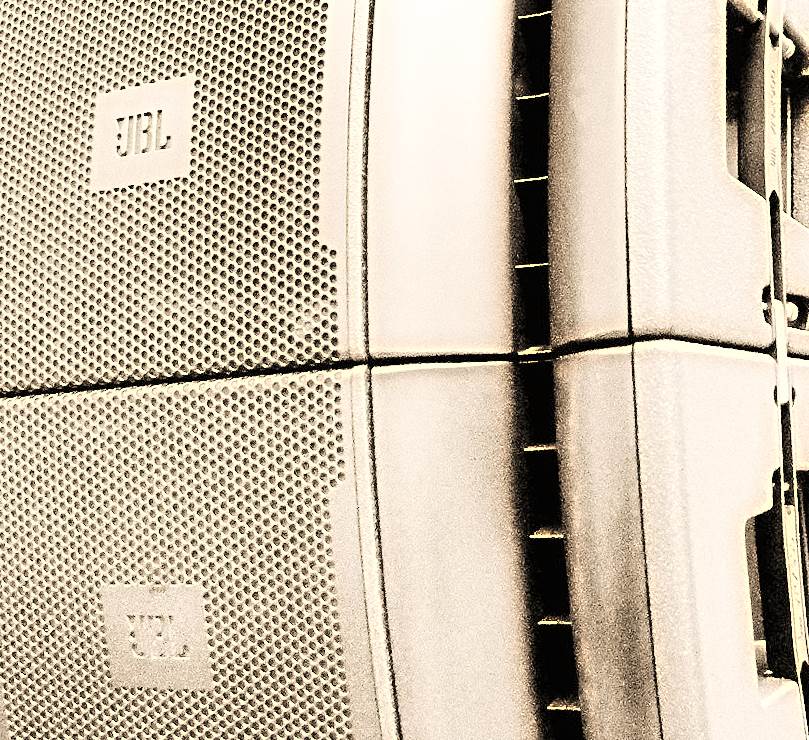One word: No.
Please Remember:
The opinions expressed are mine only. These opinions do not necessarily reflect anybody else’s opinions. I do not own, operate, manage, or represent any band, venue, or company that I talk about, unless explicitly noted.

 Want to use this image for something else? Great! This picture is a derivative of this file by JPRoche on Wikimedia Commons.
Want to use this image for something else? Great! This picture is a derivative of this file by JPRoche on Wikimedia Commons.Before I begin, I want to make it clear that I do not have any “hands-on” time with the VRX series by JBL. However, I know enough about how they are supposed to be used to “be dangerous.” Also, depending on your perspective, this may not really be small-venue material.
Now then.
It has come to my attention that some folks are using 3rd Party and/ or homebrew suspension brackets so as to defeat the built-in angle on VRX loudspeakers. That is, VRX loudspeakers naturally array in an arc, and there are people out there who are arraying them in a straight line.
Please, do NOT do this.
The first thing to talk about is the safety problem. I am not one to say that different and weird things can’t be tried if you’re careful. However, suspending loudspeakers anywhere that a rigging failure could cause injury or death is not a trivial matter. Such a situation is generally inappropriate as a test lab. Also, if something does go horribly wrong, using ONLY approved hardware is far less of a liability than deploying a non-manufacturer-approved solution.
If you are using rigging hardware that is not approved and endorsed by JBL for mounting VRX boxes, then stop.
The next thing to talk about is the audio side, and also the perception side.
A VRX system is a “constant-curvature array.” JBL even says so. JBL also calls VRX a “line-array.” However, everything I have read on this subject (mostly commentary from people who are far higher-up in this business than I am) indicates that the two terms are not actually compatible. A constant-curvature array is a vertically-oriented point-source deployment. It is not meant to behave as a classical “line source,” although the boxes will interact greatly at lower frequencies. I strongly believe that JBL labels the VRX system with the line-array name because of marketing: People associate “line-array” with “better” or “professional,” so there’s an incentive to refer to a vertically-deployed loudspeaker system as a line-array.
VRX hangs in an arc because it is supposed to. It is designed around that kind of deployment. Defeating the built-in angles and hanging the boxes straight down is against the entire design concept of the system. The boxes are not designed to array that way acoustically or physically. A straight-down hang of VRX causes the box outputs to interact (and interfere) in a way that is actually unhelpful in terms of total audio quality. It may be that a straight hang gets somewhat louder, but the phase interactions – especially at high frequencies – really aren’t what you want.
If an actual, JBL, multi-angle-capable line-array is what you want, then buy a Vertec system. (Or, if you want a system that only hangs straight-down and manages coverage through processing, look into Anya.)
Once again, please understand that I do encourage experimentation and “weirdness.” However, in the case of highly-engineered loudspeaker systems, I must very much recommend that they be treated like medication. (Use only as directed.)